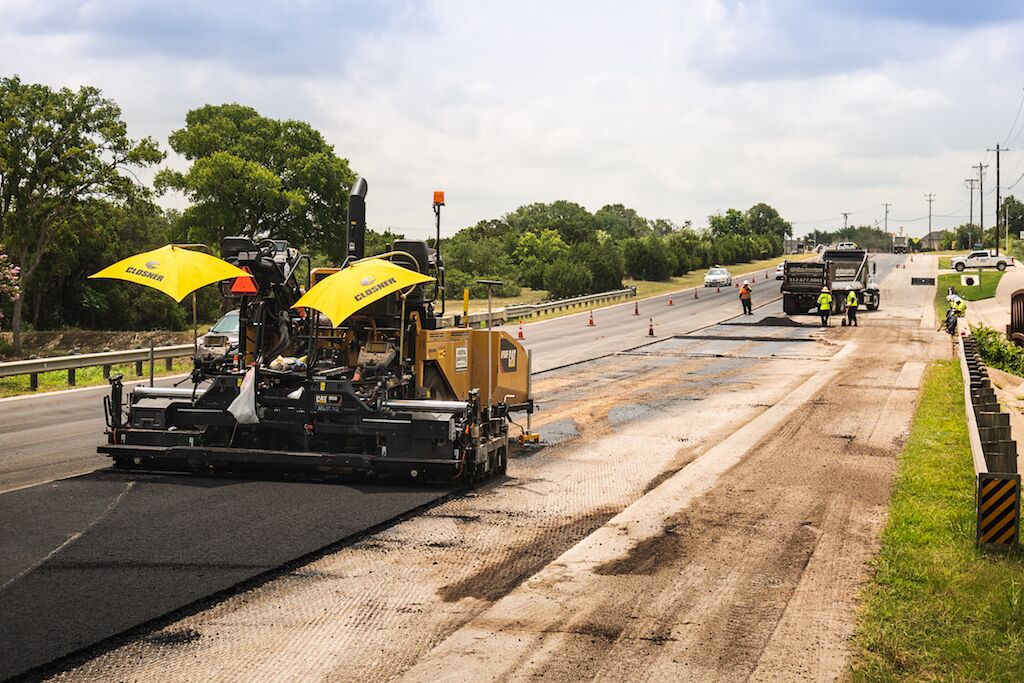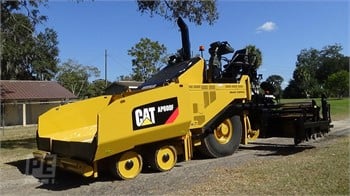The Main Principles Of A1 Professional Asphalt & Sealing Llc
Table of ContentsSome Known Incorrect Statements About A1 Professional Asphalt & Sealing Llc All about A1 Professional Asphalt & Sealing LlcA1 Professional Asphalt & Sealing Llc Can Be Fun For AnyoneThe 9-Second Trick For A1 Professional Asphalt & Sealing LlcThe Greatest Guide To A1 Professional Asphalt & Sealing Llc

The oil in an auto engine is not just oil. The REOB contains all the additives that were in the waste oil as well as the wear metals from the engine (mainly iron and copper).
Nevertheless, by making many blends making use of various REOB samples and different asphalt binders, the variations mostly can be averaged out. Numerous States supplied examples of well-known REOB composition to TFHRC scientists, that analyzed the samples to compare the percent of added (known) REOB to the located (checked) amount. The analyses revealed a similar portion of added and found REOB.
What Does A1 Professional Asphalt & Sealing Llc Mean?
They obtained a frustrating reaction. The TFHRC scientists evaluated 1,532 samples from 40 States, one Canadian province, and 2 Government Lands Highway departments. They analyzed each example twiceamounting to greater than 3,000 evaluations. None of those States understood that the asphalt they were buying included REOB. One State urged its examples had no REOB.
Of the 1,532 examples checked, 12 percent consisted of REOB, and some consisted of considerably high levels of it at 1020 percent. The highest level was 34 percent in an example from Texas, which TxDOT had actually used in a patching substance. This screening likewise disclosed the existence of phosphoric acid in 11 percent of the examples, and 2 percent contained ground tire rubber.
Two years back at TRB's yearly conference, the Federal scientists held an REOB workshop and provided the searchings for of their research laboratory analyses to a standing room-only crowd. Although some agencies do not especially prohibit REOB, they do impose physical tests that preclude its useeffectively a restriction. asphalt sealcoating in st louis. Others do not prohibit it by spec, yet have agreements with asphalt distributors to prevent using REOB
The 2-Minute Rule for A1 Professional Asphalt & Sealing Llc
A handful do enable REOB, some within particular limits. Ohio and Texas restriction degrees to much less than 5 percent of the asphalt. To develop a trustworthy test method that all States can use, the TFHRC researchers established a round-robin examination plan. The participants are 11 State freeway agencies (Illinois, Massachusetts, Minnesota, Mississippi, Montana, North Carolina, Oklahoma, South Carolina, Texas, Vermont, and Wyoming), 2 independent screening laboratories, the Ministry of Transportation in Ontario, Queen's University in Ontario, and an Ontario paving service provider.
The participants are checking the samples independently utilizing the guidelines offered by the TFHRC researchers. The result will certainly be a recommended AASHTO test technique that any State can embrace and make use of.
The pavement with REOB, which lies 0.6 mile (1 kilometer) from the sidewalk without REOB, has identical subgrade, website traffic density, and environment. However, the segment of Highway655 with 5 to 10 percent REOB showed significant breaking. In this instance, the existence of REOB was the determined reason of fracturing at a low temperatures.
A section of examination pavement in Minnesota (MN1-4) discovered to have REOB additionally cracked prematurely. The pavement carried out well for the initial 3 to 4 years, yet after that started to split.
The Best Strategy To Use For A1 Professional Asphalt & Sealing Llc
The examinations were not comprehensive, however they revealed that at degrees of 6 percent or more, the tensile toughness of the asphalt went down substantially. At a level of 3.5 percent REOB, the variation in the physical test approaches was above the effect of REOB. As a matter of fact, it was tough for researchers to analyze whether REOB was present.

One binder criterion taken into consideration is the distinction in between the low temperature critical specification temperature for tightness (S) in the bending beam rheometer and the flexing beam rheometer creep incline (m-value) noted as Tcritical. Two independent research study teams, one from AASHTO and the various other from the Asphalt Institute, concluded that even more research study is needed on the use of REOB in asphalt.
Previously, all asphalt screening determined design homes such as tightness. These examinations do not reveal what materials had actually been included in the asphalt. One example received during the TFHRC study had a very weird analysis. The sample had the adhering to examination results: Superpave PG 64-28 with a high temperature level quality of 67.3 Tcritical on the flexing light beam rheometer was 6.7 levels Celsius.

Some Known Details About A1 Professional Asphalt & Sealing Llc
These outcomes demonstrate there are weaknesses in the standard design testing protocols that might be manipulated. The producer may have an economic benefit and the item passes all the standardized examinations, yet the item might not be helpful to making certain long-lasting efficiency. To address this problem and the their explanation expansion of new asphalt ingredients and extenders, TFHRC is beginning a research program to make use of handheld spectroscopic tools, x-ray fluorescence spectroscopy, and Fourier transform infrared spectroscopy to make it possible for analyses to be carried out in the field instead than needing to take samples back to the lab.